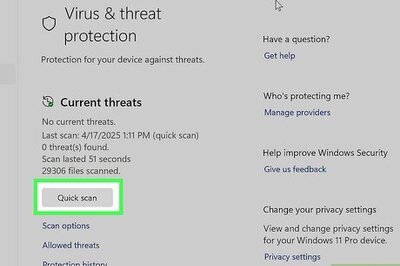
views
Employees’ Provident Fund (EPF) advances are considered as a helpful source of funds in case of an emergency or unexpected expense. However, it is important to note that advances are non-refundable, so members should carefully consider their needs before applying for one.
To apply for an EPF advance, the member must submit Form 31 to their employer. The employer will then verify the application and submit it to the EPFO for approval. Once approved, the advance will be credited to the member’s bank account.
EPF members can take from their EPF account for various purposes, such as:
- Medical Emergency
- Education
- Marriage
- Purchase of Land
- Home Renovation
- Unemployment
Member can avail EPF marriage advance facility on completion of seven years of membership.
EPF Advance For Marriage
When can you claim?
- Marriage of EPF member
- Marriage of son/daughter
- Marriage of brother/sister
Amount
- Upto 50% of own share with interest
Conditions
- Seven years of membership of the fund
- Not more than three advances for marriage and education
It’s important to note that the EPF withdrawal process is subject to specific rules and conditions, and the amount that can be withdrawn varies based on the purpose.
EPF advances are meant to address specific financial needs of the employees, and the EPFO regularly updates its rules and regulations. It’s advisable for individuals to check the latest guidelines on the official EPFO website or consult with their employer or EPFO office for accurate and up-to-date information.
EPF in India is a social security scheme that provides financial security and stability to employees. It is managed by the Employees’ Provident Fund Organization (EPFO), a statutory body under the Ministry of Labour and Employment, Government of India. The EPF scheme is designed to provide retirement benefits, such as a pension and lump sum withdrawal, to employees in the organized sector.




















Comments
0 comment